URBAN COMMUNICATION | SIGNS AND SIGNALS | STADTGESPRÄCHE

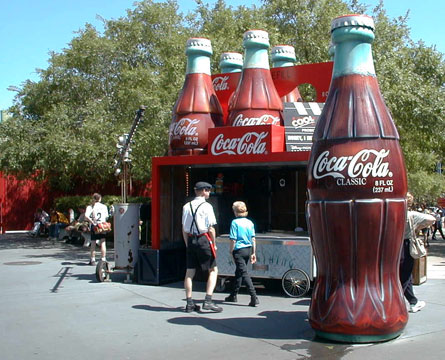
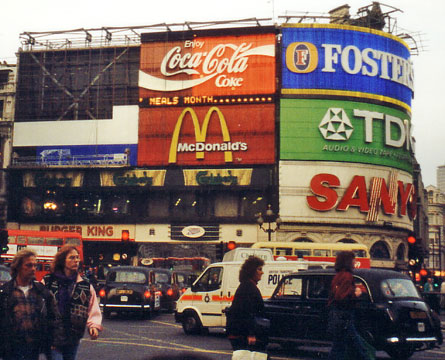
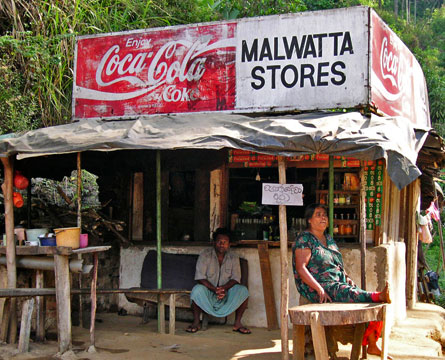
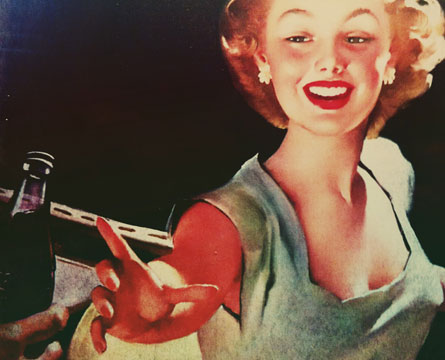
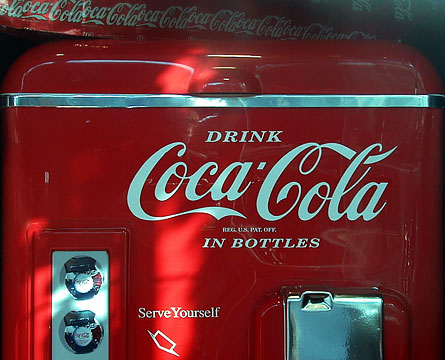
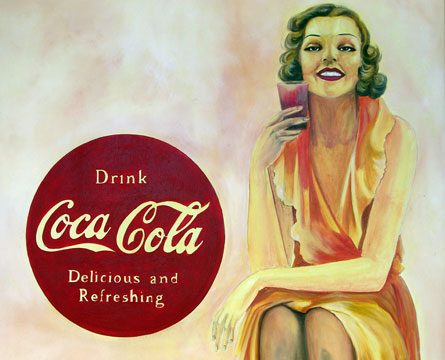
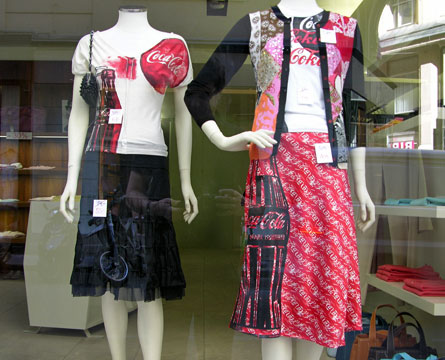

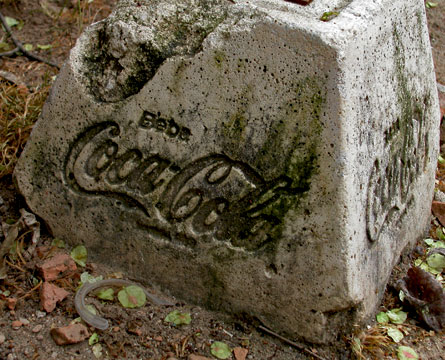
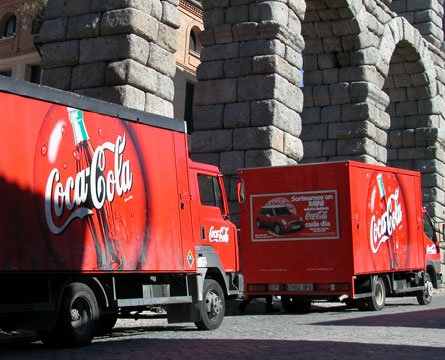
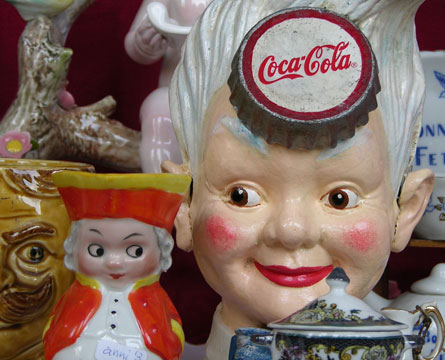

Coca-Cola Stand, Disney MGM, USA
Coca-Cola Advertising, Trafalgar Square, London, GB
Coca-Cola Branding, Sri Lanka
Coca-Cola Advertising, Vienna, Austria
Coca-Cola Vending Machine, New Orleans, USA
Coca-Cola Advertising, Cala d'Or, Mallorca
Coca-Cola Clothing, Vienna, Austria
Coca-Cola Advertising, Vienna, Austria
Coca-Cola Umbrella Stand, Toledo, Spain
Coca-Cola Supply, Segovia, Spain
Coca-Cola Merchandising, Rome, Italy
Coca-Cola Christmas Advertising, Vienna, Austria

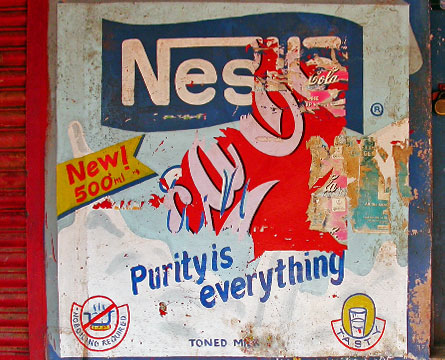
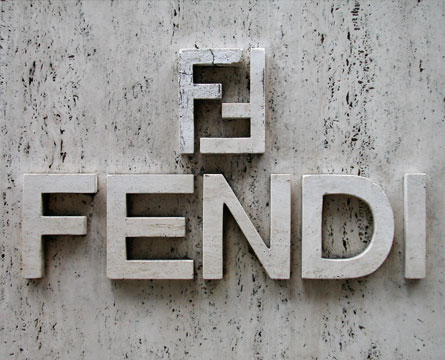


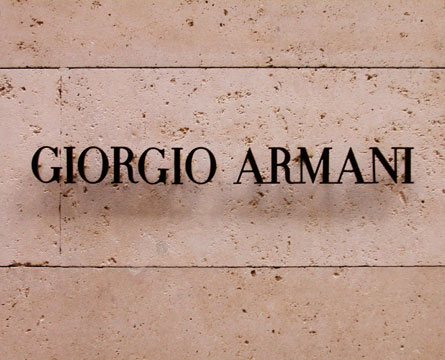
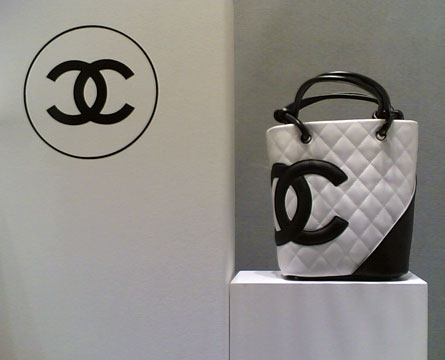

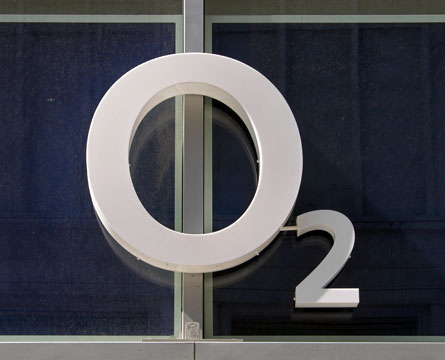



Persil, Detergent, Vienna, Austria
Nestlé and Coca-Cola Advertising, Goa, India
Fendi, New York, USA
Mercedes Benz, Funchal, Madeira
Billa, Grocery Store, Vienna, Austria
Giorgio Armani Store, Vienna, Austria
Coco Chanel Store, Vienna, Austria
Diesel Store, Vienna, Austria
O2, Telecommunication, Berlin, Germany
Volkswagen, Car in Vienna, Austria
Burger King Restaurant, Berlin, Germany
McDonald’s Restaurant, Meidling, Austria
We are you
Today brands substitute functions of social institutions. They provide us with stories and meanings we use to build communities. But the interests of corporations are visible in public space only in excerpts.
If for example a company tries to take possession of comprehensive exploitation rights of generally vital concerns, then such a extensive disempowerment gets transformed into the visible offer of a "friendly engagement." Thanks to the complexity and the lack of transparency of global interrelationships such conflicts of interest stay hidden behind an elaborately designed facade. Therefore Global brands try to occupy every imaginable space. Eye catching installations are striving to draw us into their spell.
More and more people believe in the power of brands. As consumers we define ourselves by our shopping decisions and we hope that those who judge us, read brands in the same way we do. Who, if not brands, provides us with a sense of home, identity and the ability to be who we would like to be?
The idea of free choice is the key characteristic of the cultural modernism. Instead of using concrete individual offers, we give ourselves today satisfied with the illusion of a growing number of options.
The language of brands
What kind of languages may brands use to express themselves? They trust in the potential of traditional forms of expression. The more rich those associations may be, that can be related to particular topoi, the greater the possible effects appears. So for example the idea, that we are able to express some kind of background information by the use of a characteristic typeface, is one of the driving forces that led to the richness of typography in the Western world. If someone wants to be sure to be understood, he can work with illustrative representations. But also illustrative signs can lead to ambiguous interpretations. Mysterious signs are able to increase our curiosity. If we are able to decode the message, the chances are good that we retain such signs in our memory. Often a peculiar expression seams to be more appealing than a well-proportioned shape and a fresh, polished surface. In this context expression means a characteristic manifestation that steps out of line.
Temporary conventions serve as benchmarks for the assessment of formal expressions. A permanent change of complex patterns and rituals define the development of assessment systems in modern societies. They differentiate this way into subcultures. By the incessant movement within the current benchmarks new opportunities arise. As long as those mechanisms work, they create an optimistic atmosphere that promises that all people have the chance for a certain place in society.